Brick Repointing in South Philly – Why Your Home Needs It
Cracked joints, loose mortar, and worn brickwork don’t fix themselves. Repointing protects your South Philadelphia home before the structure pays the...
5 min read
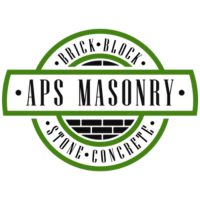 Alec Serowatka
:
Sep 8, 2025 11:32:58 AM
Alec Serowatka
:
Sep 8, 2025 11:32:58 AM
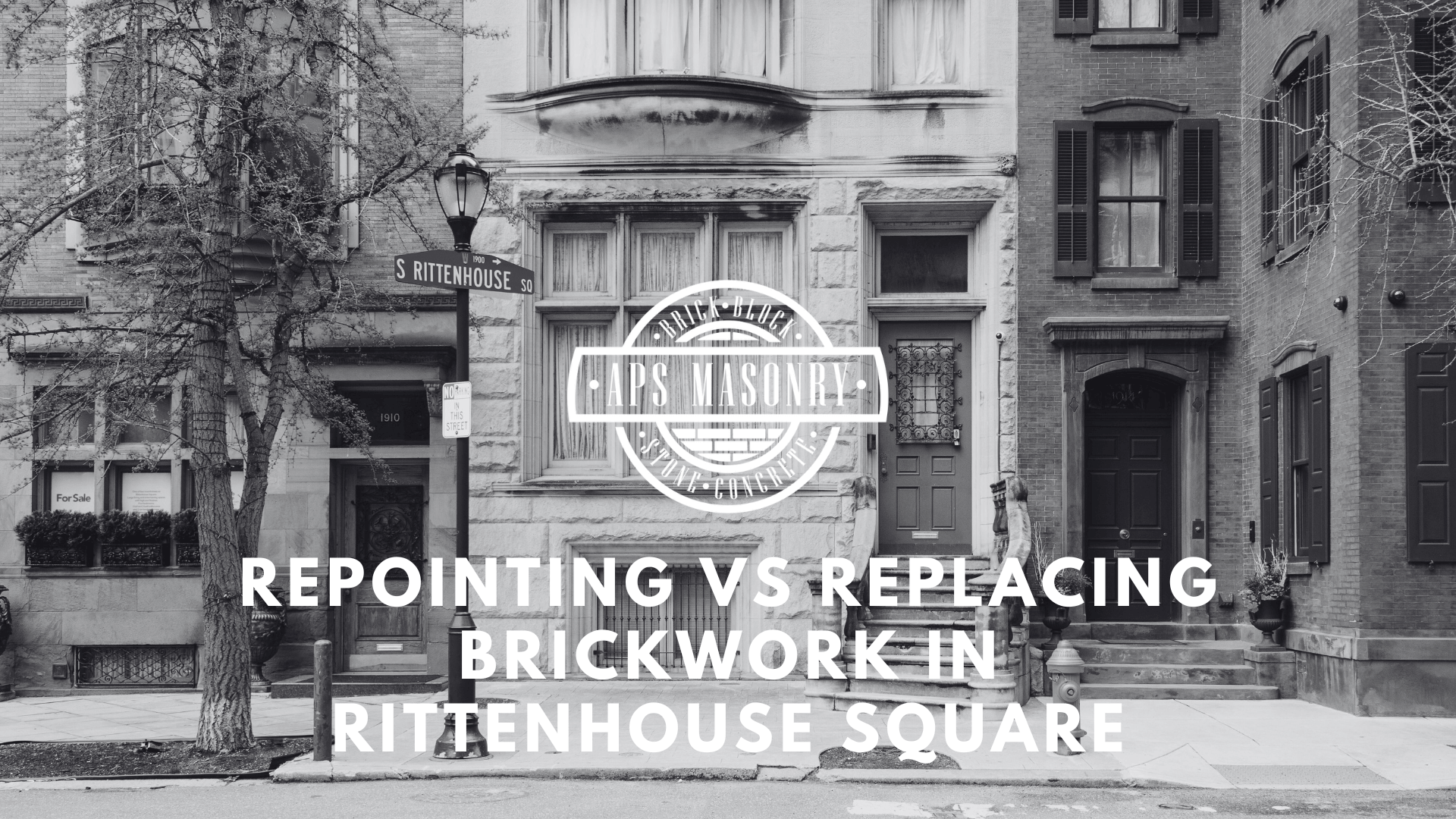
That beautiful brick façade isn't going to fix itself; our Philadelphia masonry team is ready to restore your house, one joint at a time.
You walk past the same house every morning. Elegant brick, black iron railing, perfect symmetry. But lately, something's changed, recessed mortar lines, hairline cracks creeping near the windows. That same pattern’s now showing on your own home. In Rittenhouse Square, even the smallest signs of brick failure are a warning. This isn’t about curb appeal; it’s about the structural integrity of your entire home. And when it comes to repointing vs replacing brickwork in Rittenhouse Square PA, the wrong choice can mean thousands lost on a rushed job or a house that slowly unravels.
At APS Masonry, we help Philadelphia homeowners protect what makes their homes historic and structurally sound. Our team doesn’t just offer masonry work, we provide real solutions, carefully performed, detail-driven, and backed by years of hands-on experience across Pennsylvania’s most demanding neighborhoods. Whether you’re planning a full brick restoration, a localized repair, or a larger project that includes work around bathrooms, retaining stones, or load-bearing walls, our services are built around what’s best for your house. We schedule every inspection with one goal: to transform damage into resilience, and confusion into clarity. Call today for a free estimate and see how APS handles brick the right way.
Most homes in Rittenhouse Square were built before Portland cement became standard. Their façades use soft, hand-molded brick laid with lime mortar: flexible, breathable, and intentionally fragile. That fragility is part of the system. It’s what allows a wall to move with the seasons, to vent moisture, and to survive for more than a century without structural failure.
When those joints begin to wear, repointing is the correction. The original brick stays in place. The mortar is cut out and replaced with a matching mix, applied by hand, tooled with care, and set to last another generation. It’s quiet work, focused and localized. A vertical seam along a rear wall, the exposed southern corner after decades of sunlight, or a failed patch from the 90s, these are the typical repointing spots in a Rittenhouse job.
Replacement is different. It starts when the brick itself is damaged. Flaking faces, loose headers, stepped cracking near window lintels. The signs are visual, but the causes are structural: often water sitting behind the wall or decades of trapped pressure. In these cases, entire sections are removed. New brick is sourced to match. The wall is rebuilt from the inside out.
There is no such thing as a partial approach. The wrong fix always shows. Repoint where replacement is needed and the cracks return. Replace what only needed repointing and the character of the home is lost.
The clues usually start in the joints. Not the dramatic ones—the quiet failures. Mortar that’s gone dry and dusty. Thin cracks along the horizontal beds. Color changes that show where rainwater sits and dries. These are signs that the mortar has done its job and worn down before the brick has.
This is where repointing becomes the right kind of intervention. Not full removal. Not reconstruction. Just targeted repair that brings the wall back into balance.
You’ll see it most often:
On south- and west-facing walls exposed to consistent sun
Around window lintels, where movement is common
At parapets and rooflines, where water runoff accelerates erosion
In rear walls or additions, where cheaper mortar may have been used
South Philly rowhomes have nearly identical material behavior, and many of the worst failures in that neighborhood started the same way—with joints that looked passable, but weren’t. As we covered in our South Philly repointing guide, cement mortars were used in lime-based walls, trapping water and cracking the brick from inside out. Rittenhouse homes aren’t immune to that mistake. In fact, they’re often older, with thinner walls and more pressure on each course.
When the mortar is failing but the brick is clean, tight, and sharp, that’s a repointing job. The work is local. The method is specific. The fix is permanent when performed correctly, with the right tools and the right mix.
Cracking isn’t always about the mortar. When you see fractures that run through the brick instead of between them, that’s a wall under stress. No pointing knife is going to fix that.
You’re likely looking at replacement when:
Bricks are flaking or losing their outer face
Cracks form steps or diagonals across multiple bricks
You see bulging or out-of-plane movement in any area
Water has penetrated behind the wall and caused internal damage
Previous patches used hard, grey mortar that doesn’t match the original material
These aren’t cosmetic problems. They’re structural shifts. In homes where the original soft brick has been compromised by age, water, or the wrong repair materials, replacement is often the only way forward. That means removal, rebuilding, and sourcing brick to match texture, size, and color. Done poorly, the new section will stand out. Done correctly, it disappears into the wall like it’s always been there.
Mortar joints are tested first. Softness, depth, and bond strength reveal how far deterioration has gone. Bricks are checked for delamination, surface loss, or pull-away near corners. Cracks are measured for length, width, and direction, each variable points to a different failure path.
In Rittenhouse, most walls include soft clay brick paired with lime mortar. Many also feature capstones, belt courses, or water tables built with regional stone. Each material responds differently to heat, freeze cycles, and trapped moisture. A proper inspection tracks those shifts in detail and identifies the source of the problem, not just the result.
These inspections are performed in full, on-site:
Mortar cut and tested along vertical and horizontal joints
Previous repairs examined for improper material use
Interior walls scanned for signs of water intrusion
Parapets, returns, and sills reviewed for movement or cracking
Photographs and notes taken for clear documentation
The team provides a step-by-step assessment before quoting services. No pre-set options. No generic answers. The size of the project doesn't dictate the recommendation, the condition of the wall does. Clients are given facts, not assumptions. From there, we can schedule the work based on real needs, not guesswork.
Full brick replacement in Philadelphia isn’t cosmetic work. Once the structure moves, it has to be stabilized, rebuilt, and matched for texture, bond pattern, and mortar tone. Scaffolding, permits, removal, disposal, rebuild, and post-cure pointing, it adds up. On a standard Rittenhouse front façade, full replacement can run anywhere from $18,000 to $35,000 depending on size, access, and how much of the structure needs to be opened.
That work is sometimes necessary. But most of the time, it’s the result of not calling early enough. The change from a minor joint repair to a full wall rebuild can happen in two winters. A parapet leak, trapped moisture, or a few missed cracks in a rear return become structural shifts if left alone. Repointing those areas when the damage is still local costs a fraction of that.
Some owners, once facing rebuild, ask about switching materials altogether. Veneers, stone facades, or modern panels are part of the conversation, but they change the character of the home entirely. Our breakdown of brick vs stone veneer for Philly rowhomes covers the trade-offs in cost, maintenance, and resale value. That kind of transformation needs to be a decision, not a last resort.
The way a wall fails tells you what kind of work is coming. Size, height, exposure, drainage, all factor into the outcome. But time matters more than anything. A five-foot vertical repoint handled today prevents a full teardown next year. That’s the difference between maintenance and replacement. That’s the difference between a few hours of access and a month of scaffolding.
Ask early. Let the materials guide the scope. That’s how you improve outcome, protect value, and avoid paying for what could have been prevented.
Rittenhouse brick is soft, historic, and worth protecting
Lime mortar isn’t optional—it’s required to preserve the wall
Cement-based patches destroy brick from the inside
Matching color, texture, and tooling requires real experience
Every brick tells you something—if you know how to read it
Old repairs don’t mean safe walls
A permit may be required—even just to repoint
Here's what you need to know about brickwork permits in Philly
This isn’t about modernizing. It’s about doing the right job, the right way, for the house you actually own.
Old brick doesn't fix itself. The sooner it's assessed, the better the outcome and the lower the cost. Our team provides repointing, brick replacement and general masonry services across Philadelphia, with a focus on preserving the history, structure, and value of your home.
We don’t just restore walls. We handle the entire project, from inspection to finish, with unmatched attention to detail.
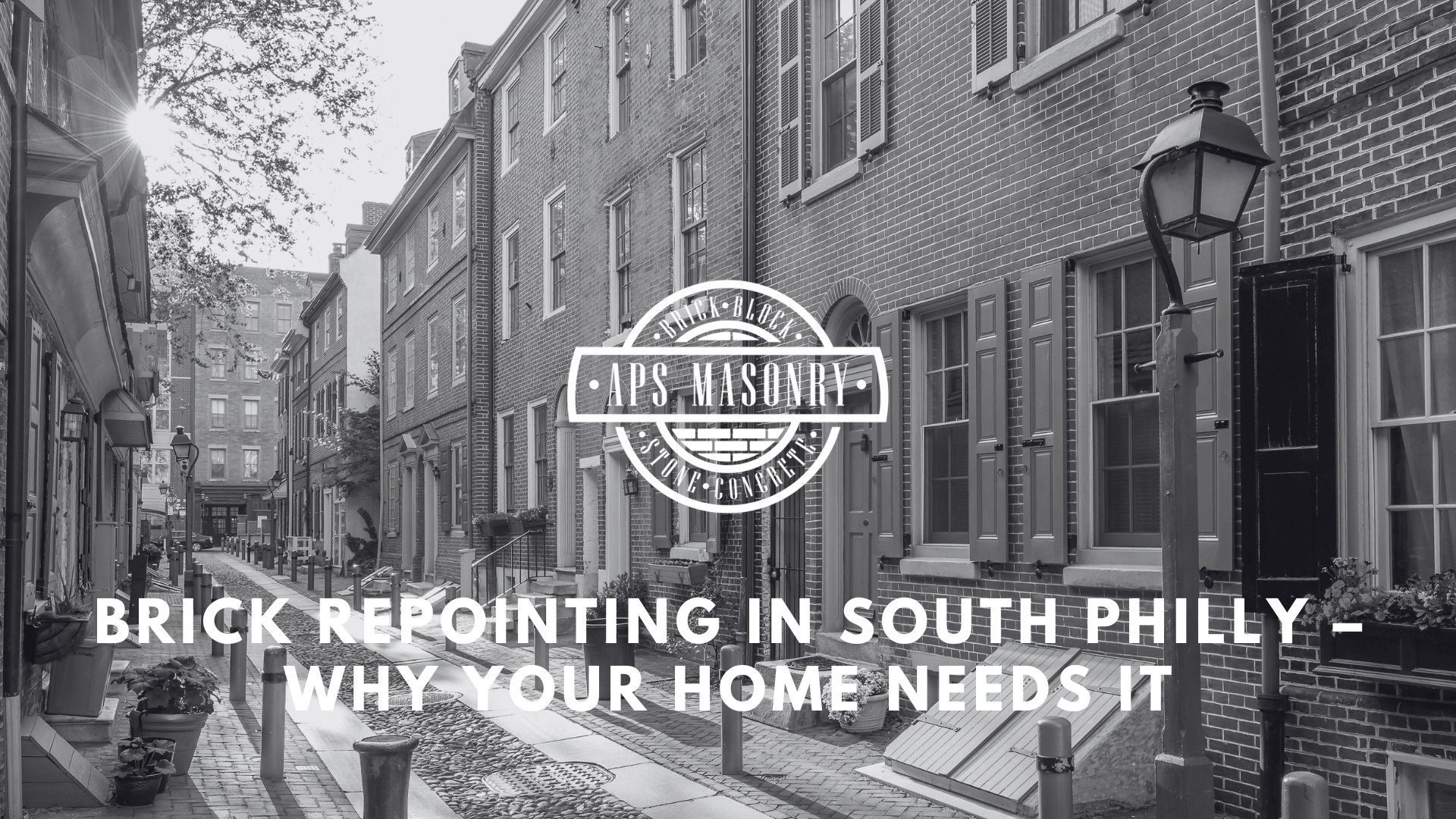
Cracked joints, loose mortar, and worn brickwork don’t fix themselves. Repointing protects your South Philadelphia home before the structure pays the...
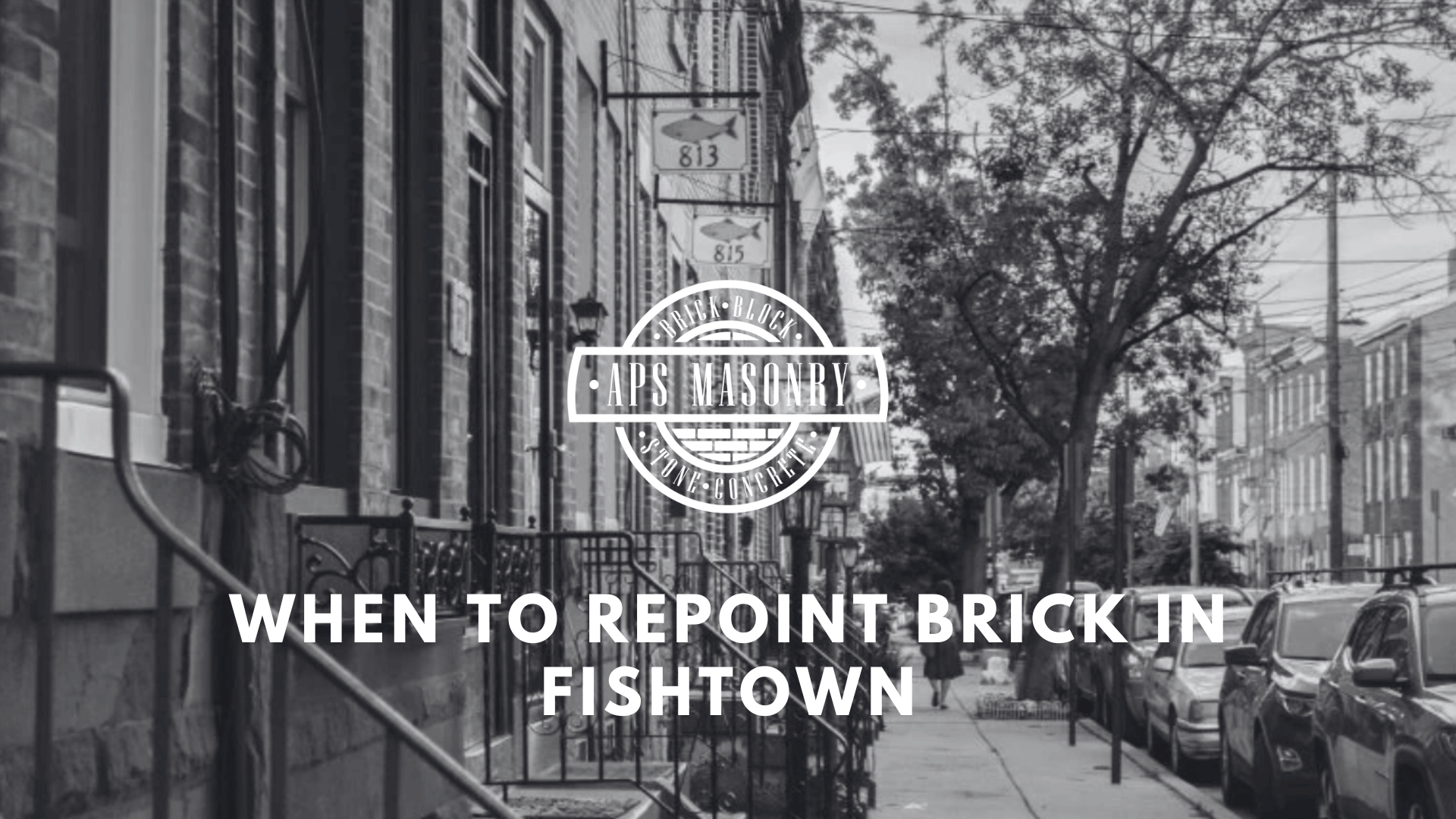
Philadelphia brick is tough. Fishtown brickwork is tougher.
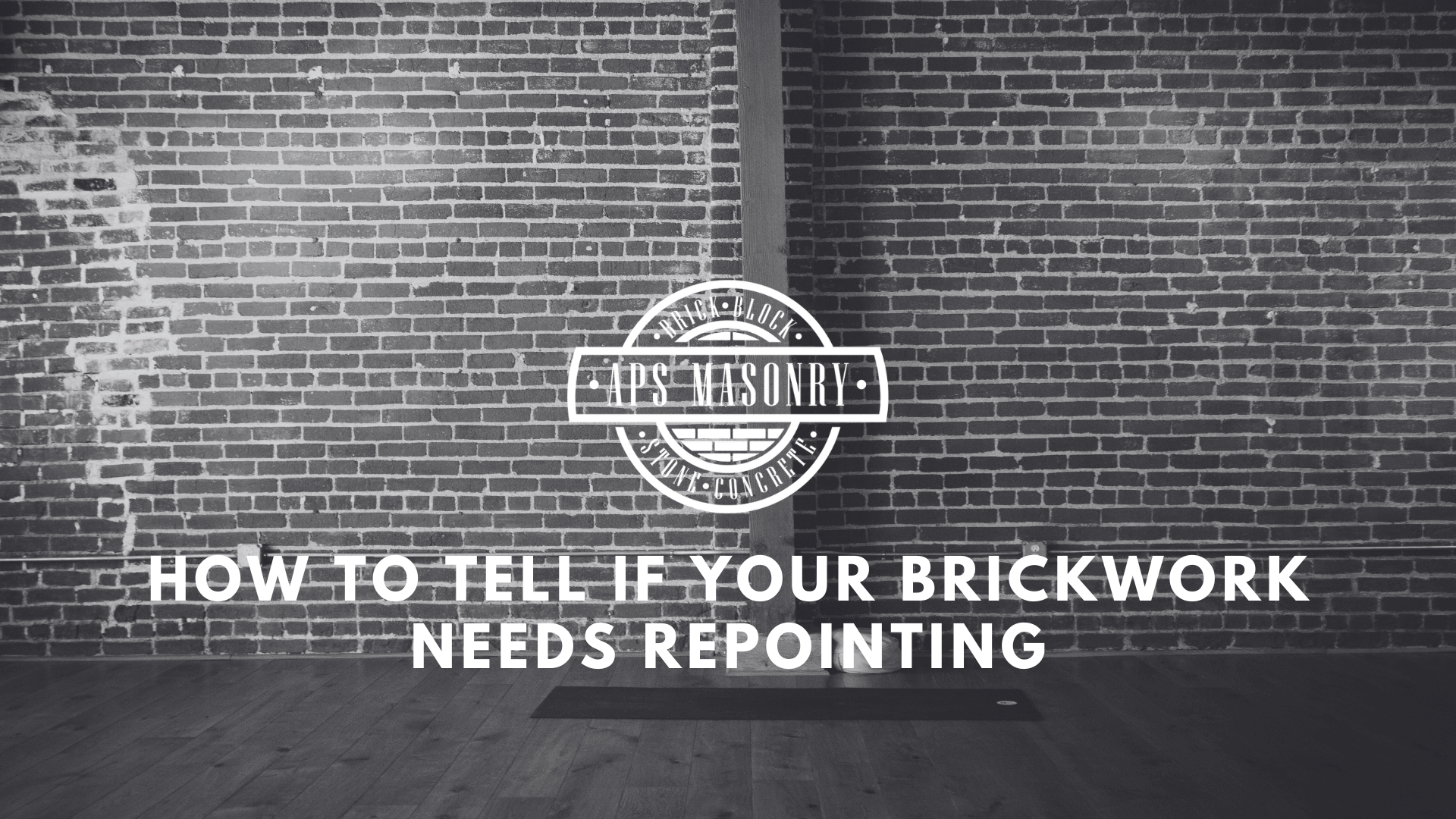
Strong mortar keeps Philadelphia’s brick homes stable, sealed, and built to last.